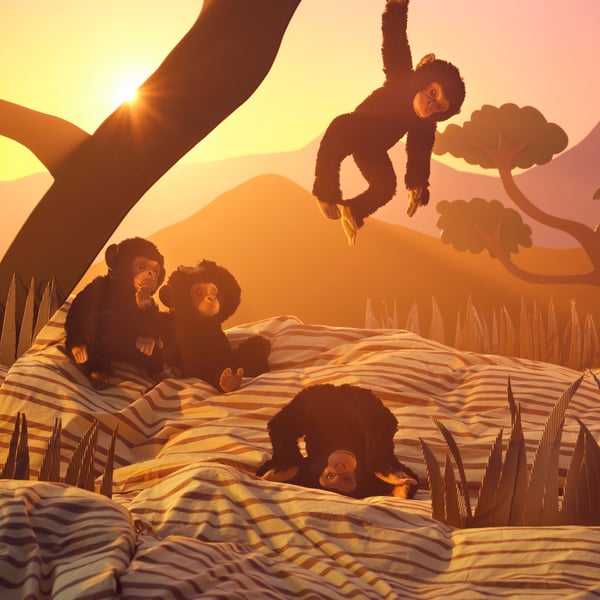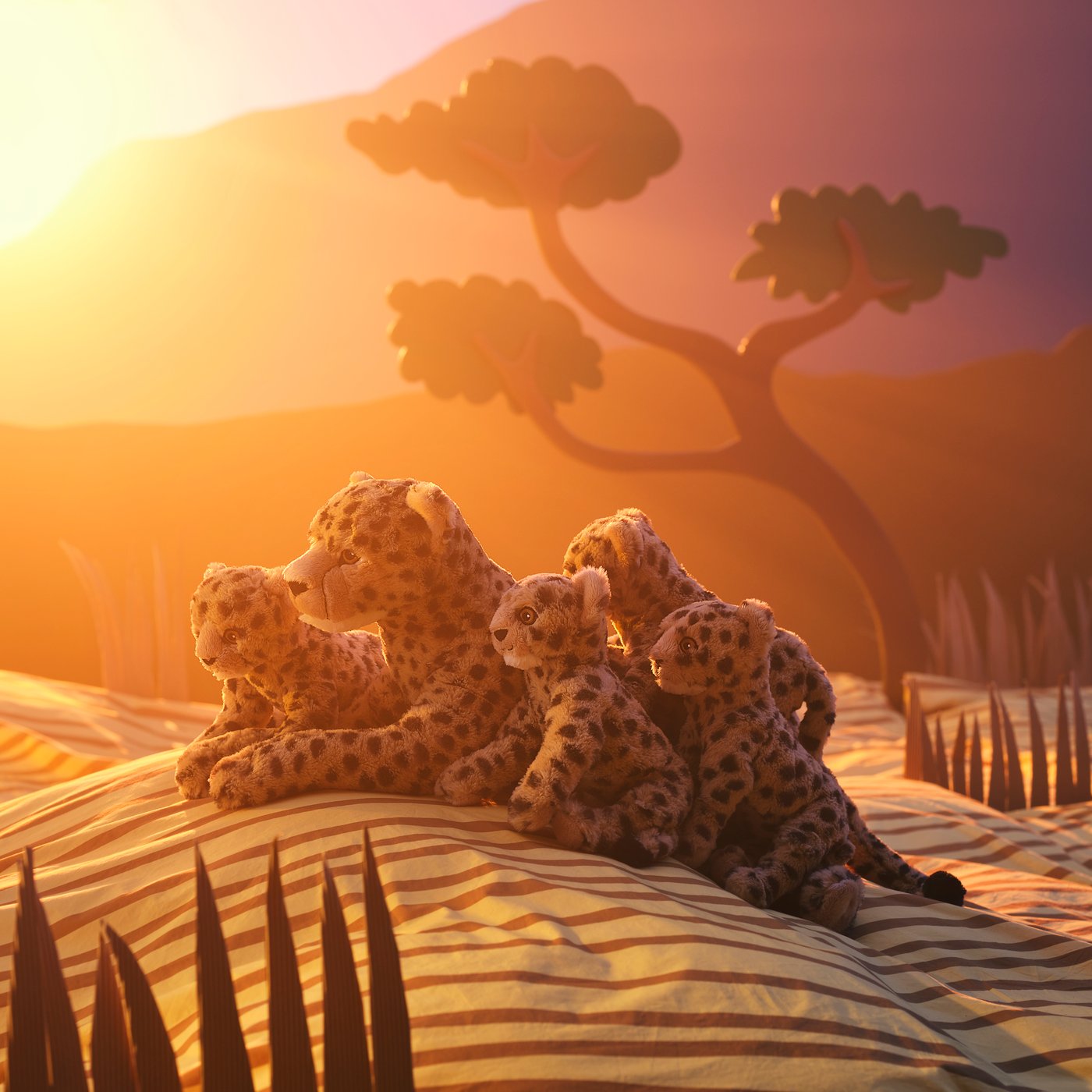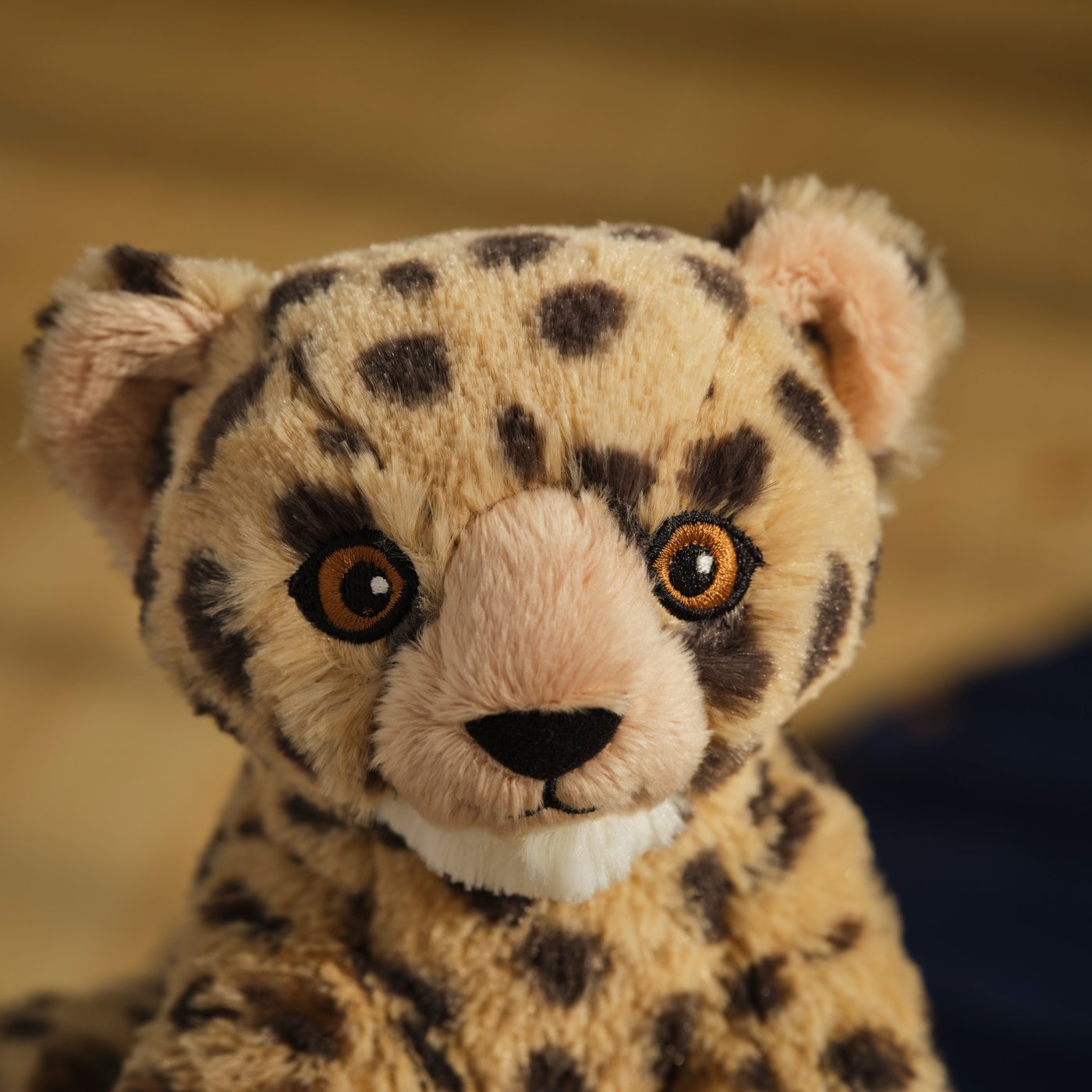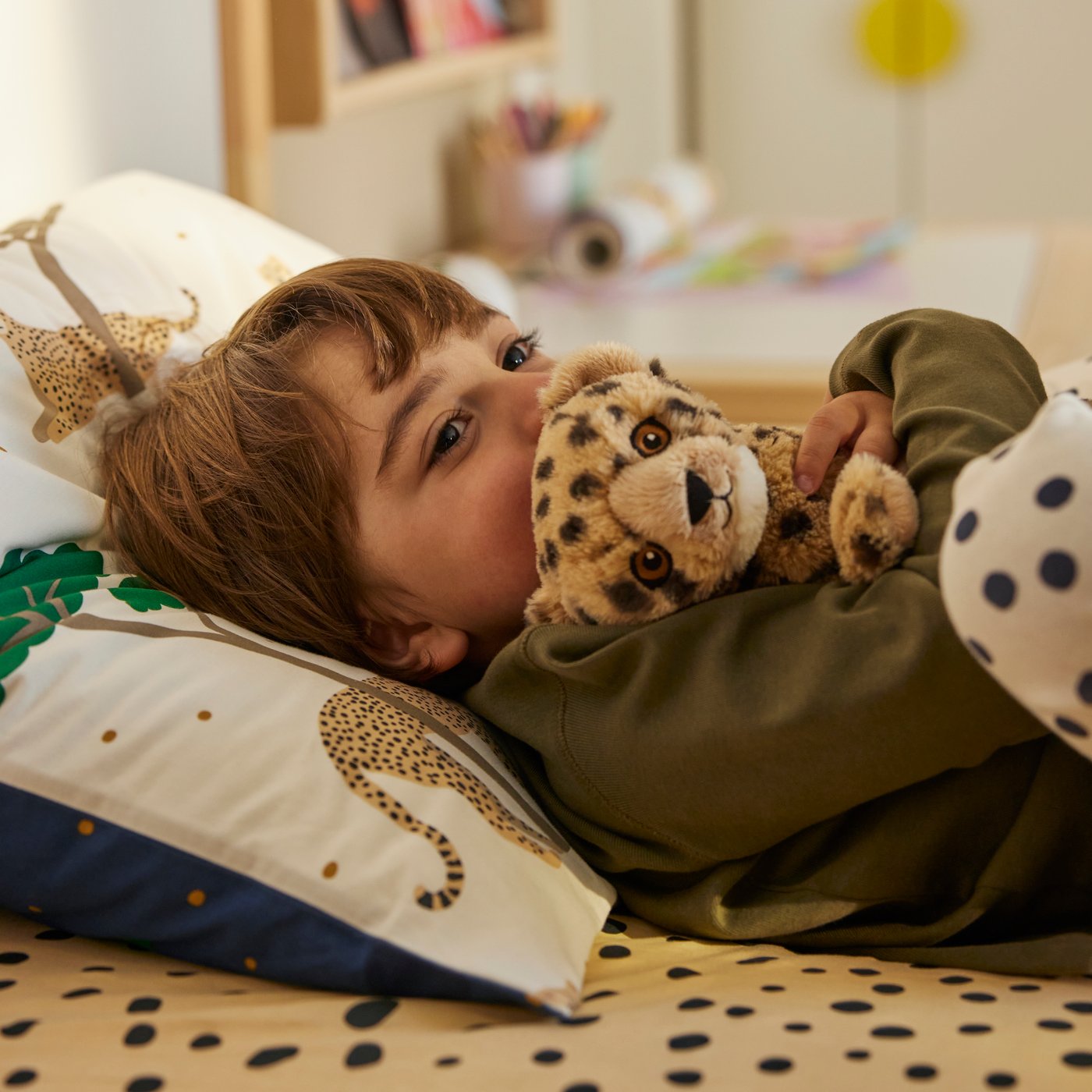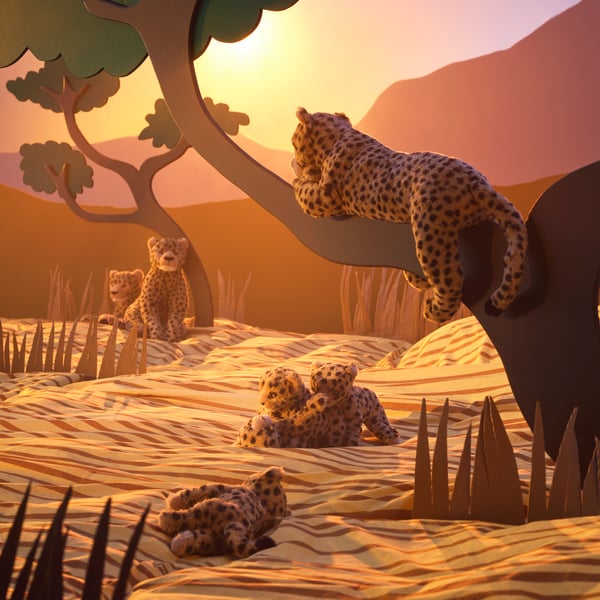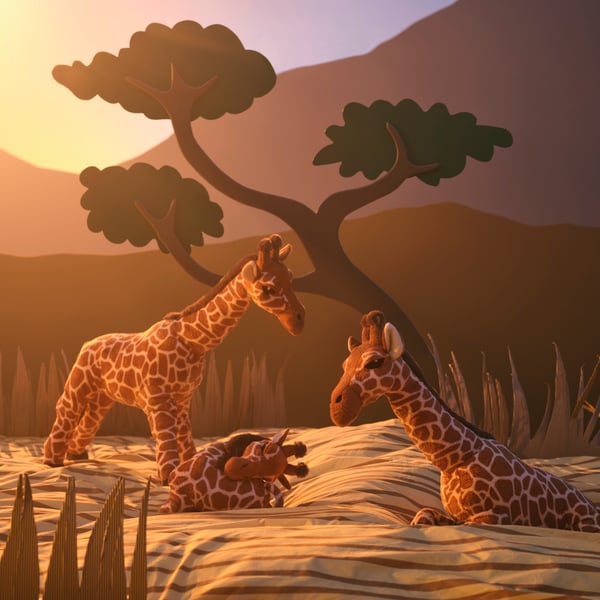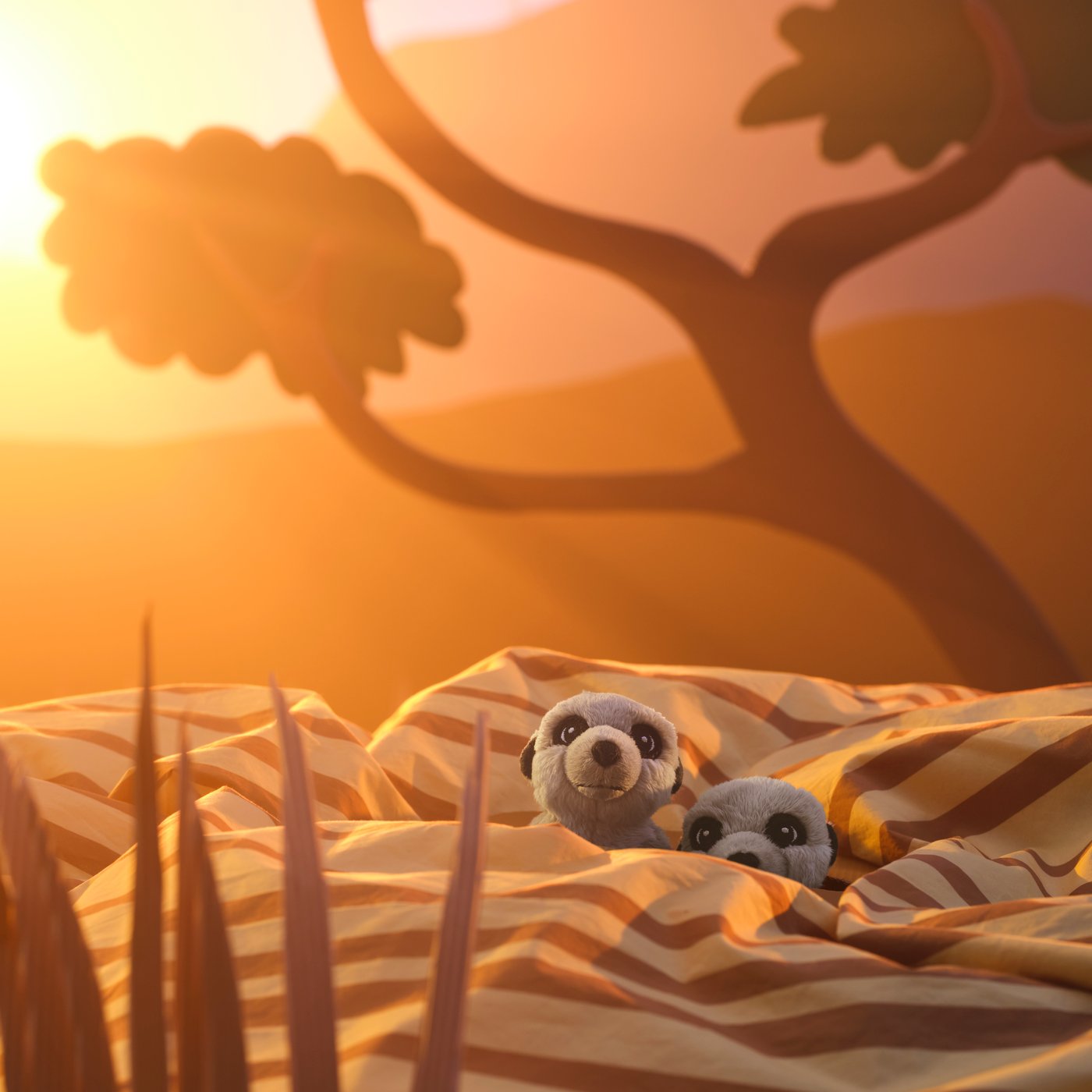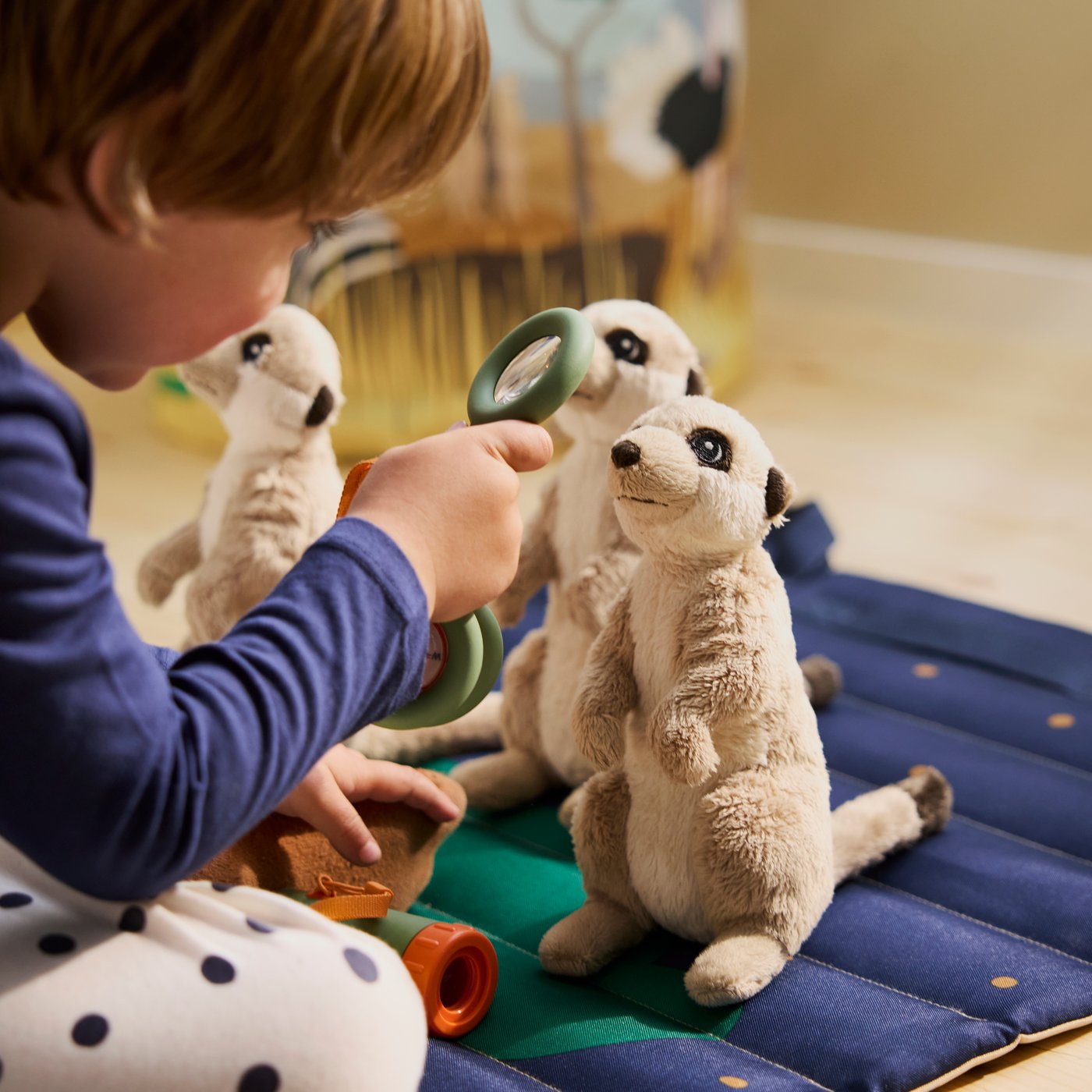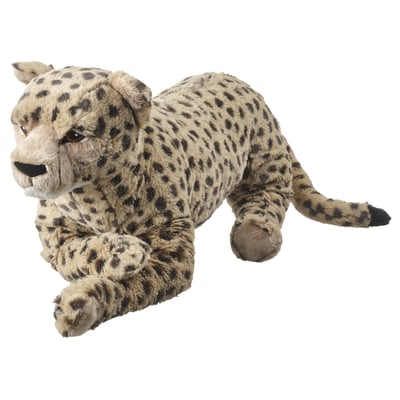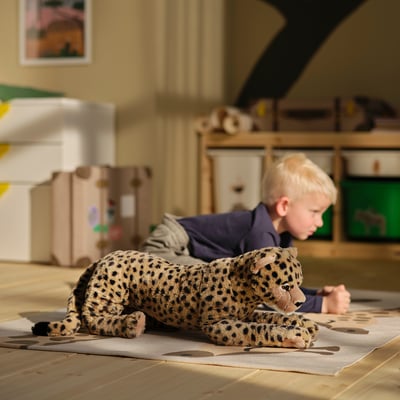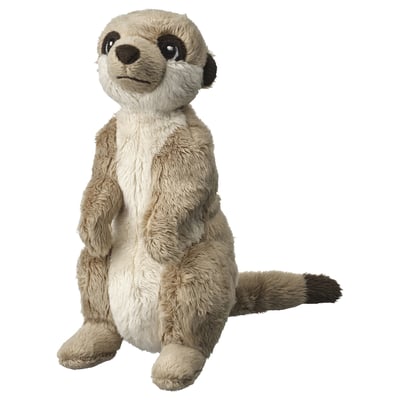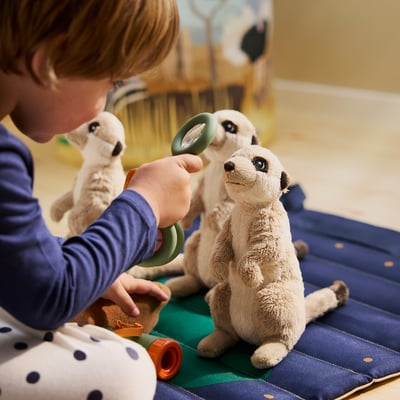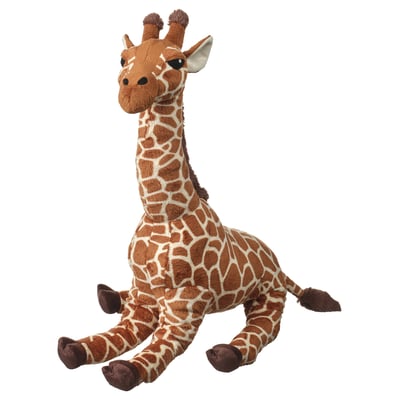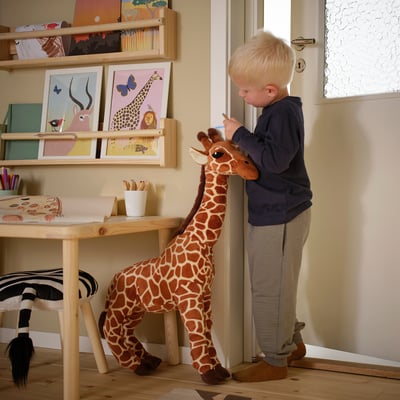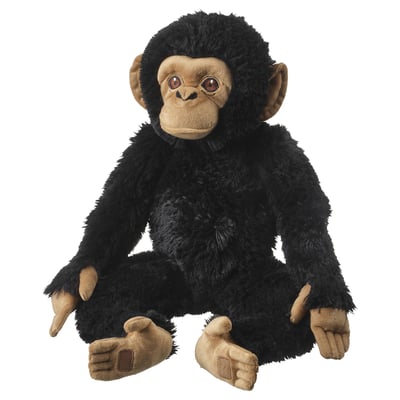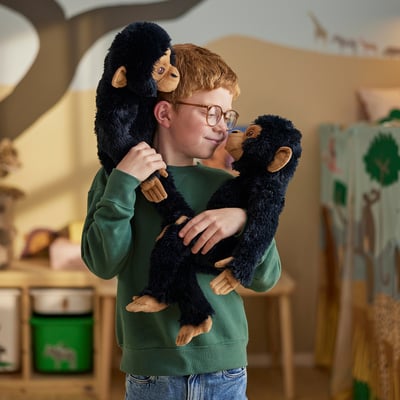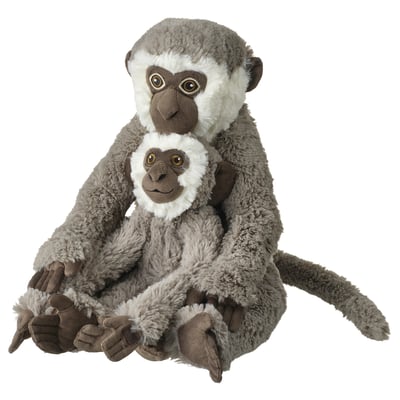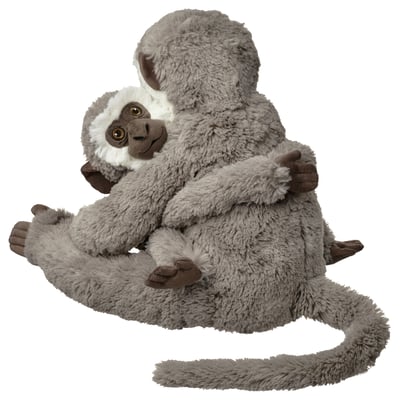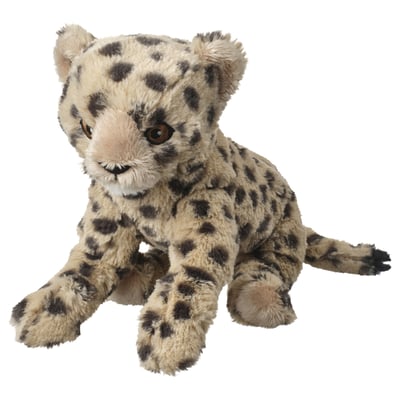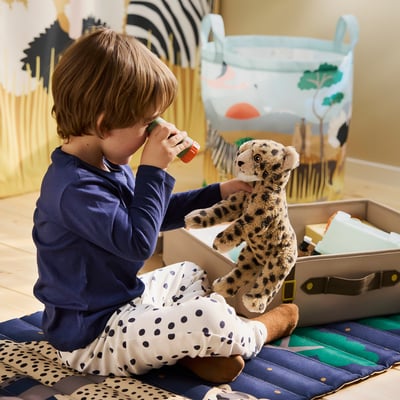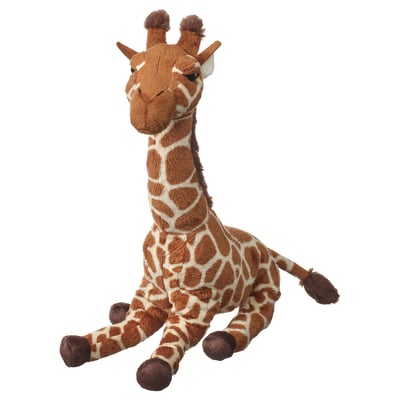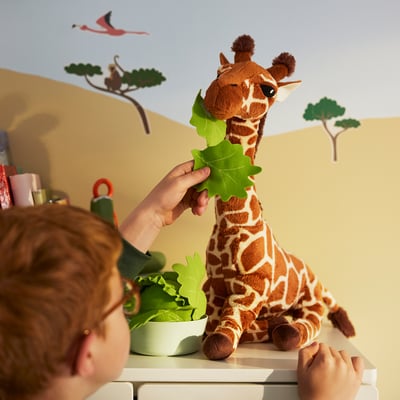Help save the animals of the wild
In the SANDLÖPARE collection, you will meet fascinating animals with incredible abilities that help them to survive on the hot and sometimes hostile African savannah. Like the fast cheetah whose claws act as spikes on running shoes, or the meerkat with black spots under its eyes to reduce the sun’s glare. But despite their superpowers, many of them are still at risk of extinction.
This collection has been developed in close collaboration with Nordens Ark, a non-profit wildlife conservation centre, to raise awareness about endangered wildlife and inspire change.
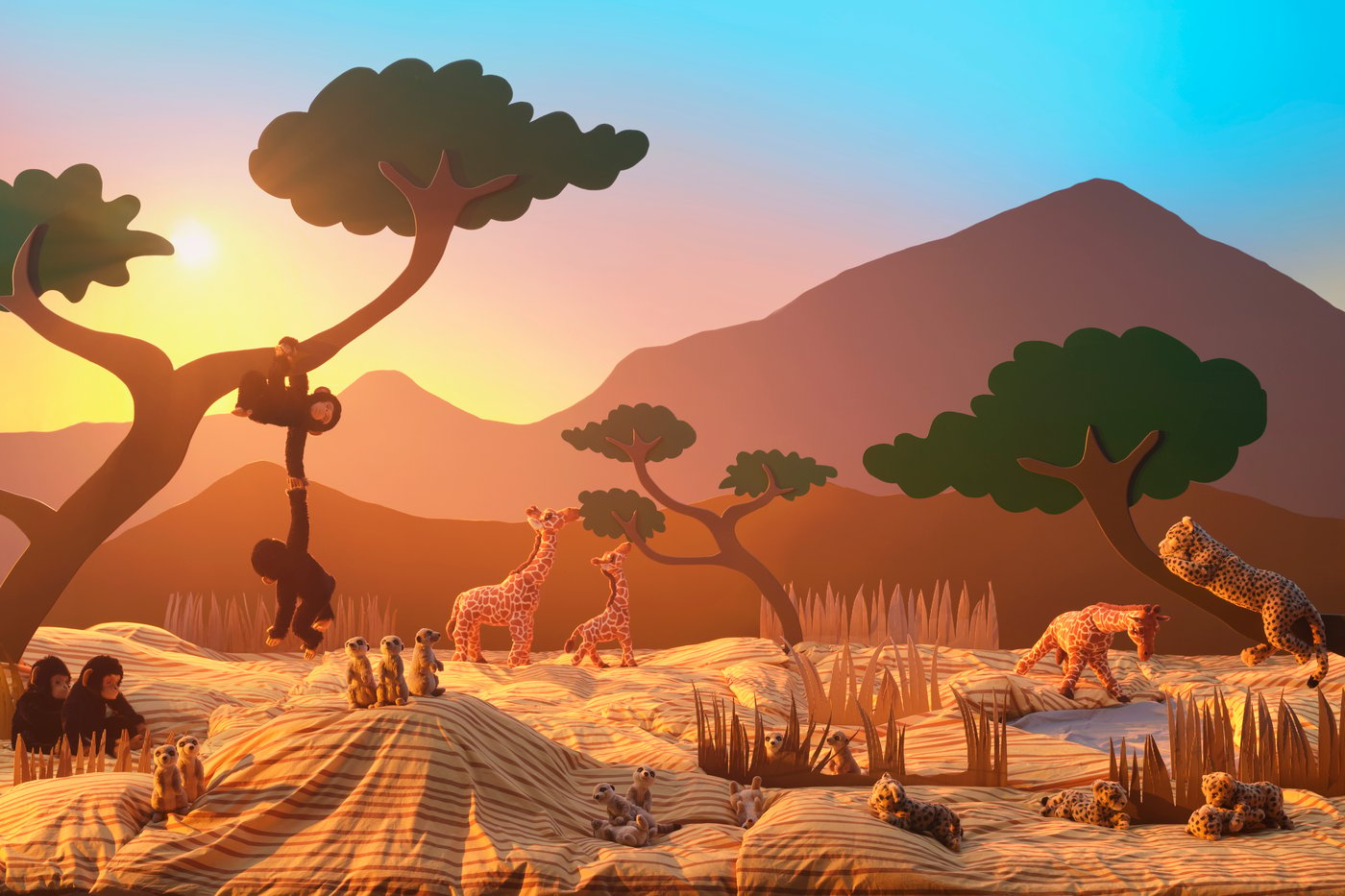
IKEA donates 10,– for every soft toy you buy
Fortunately, a lot of conservation efforts are being made to improve the lives of endangered animals. That’s why, for every soft toy you buy between October 13 and November 30, IKEA donates 10,– to the non-profit foundation Naturvernforbundet and their important work in giving endangered animals a future.
Together we can make a difference.
Get to know the savannah
The savannah covers approximately 20 % of the Earth’s surface and is found in warm climates between desert and forest in Africa, Australia, South America and Asia. It is characterised by grassland with trees where the canopies do not close and where most of the rain falls in one season.
Every animal and plant on the savannah plays an important role in maintaining this delicate ecosystem. The plants sustain the herbivores, who trim the grass and, by migrating, prevent the land from turning into a desert. The herbivores, in turn, become prey for the carnivores and the dung beetle collects dung from all of them and buries it in the ground, creating fertiliser for new plants to grow.
Curiosity for conservation
The animals in the wild might feel far away but there is a lot you can do to help them, even from your own home. And you have already taken the first step by learning more about the animals and understanding their struggles. Here are some other examples of how you can help:
Protect nature: Make sure to take care of nature and never leave behind trash that could harm the animals.
Let the wild remain wild: Wild animals are not ours to keep. They have their own families and homes to return to and should not be cuddled with. That’s what we have soft toys for.
Volunteer at your local nature conservation center: Find out what you can do to help wildlife in your hometown.
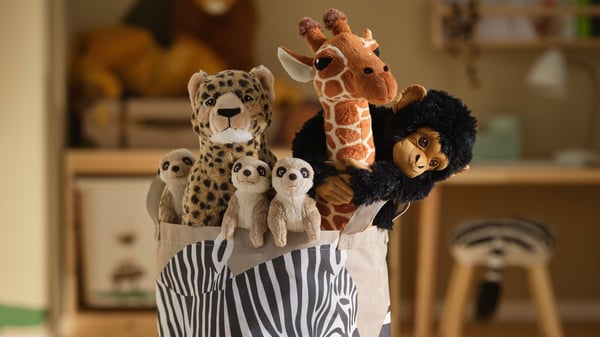
- Product information page
Are you curious to learn more about the wildlife of the savannah?
Read more about the animals and insects, the challenges they face and what we can do to protect them in the SANDLÖPARE book of facts.
